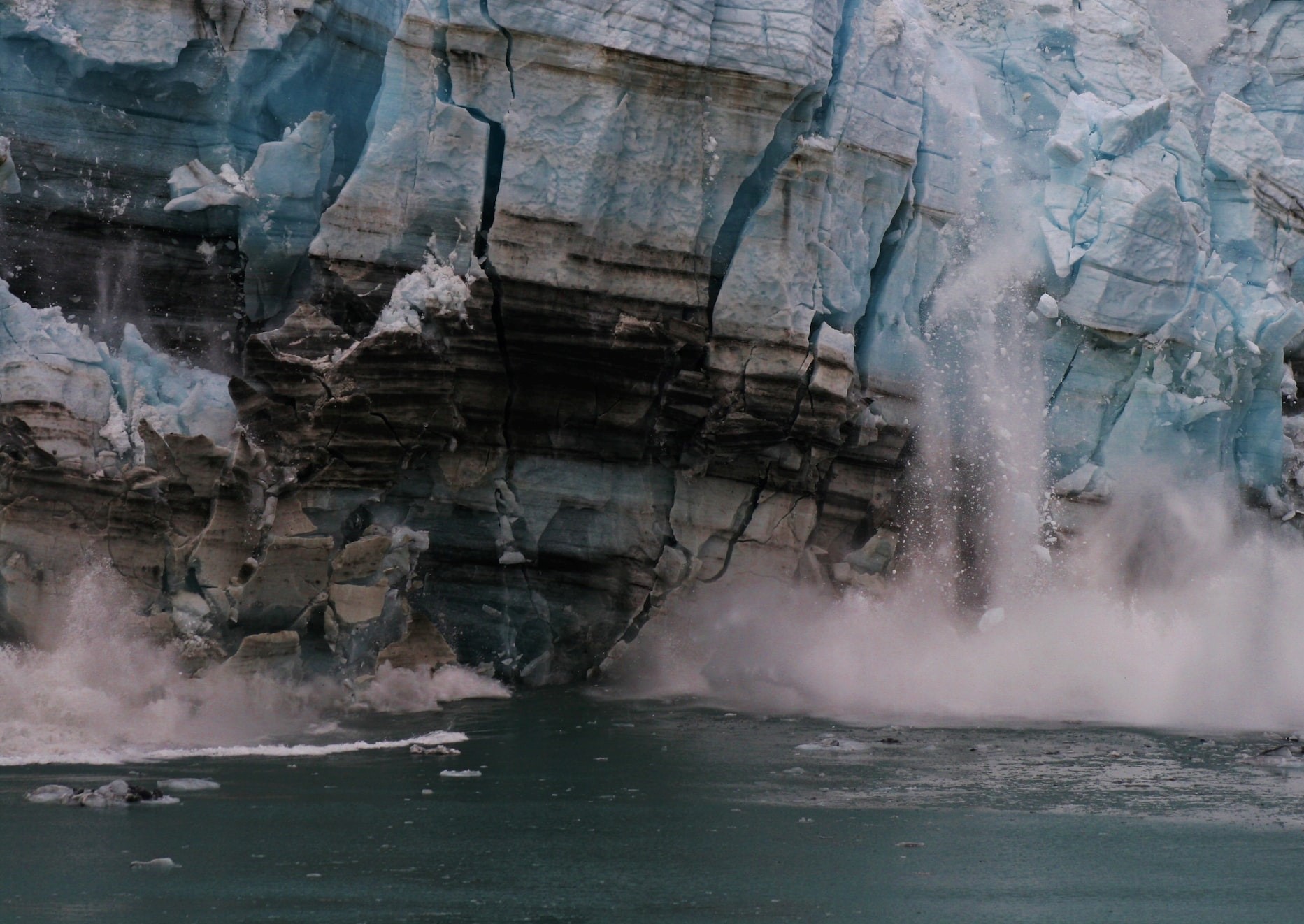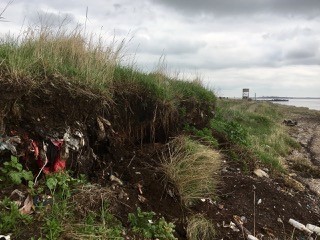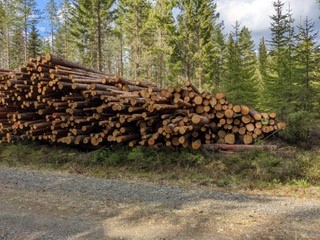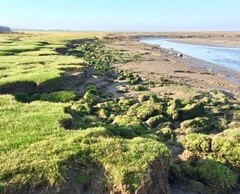Climate and Earth Surface Science
We investigate how landscapes respond to the interacting chemical, physical and biological processes that drive their evolution over timescales varying from individual storm events through to millennia. Our research seeks to integrate the global-scale phenomena that force environmental change with an understanding of the micro-scale process mechanics and feedbacks that configure the local form, structure and dynamics of the Earth’s surface.
We make full use of the facilities within the School of Geography Laboratories which supports our work concerned with environmental systems, their processes, their interactions in the present and past, as well as in the uncertain future.



